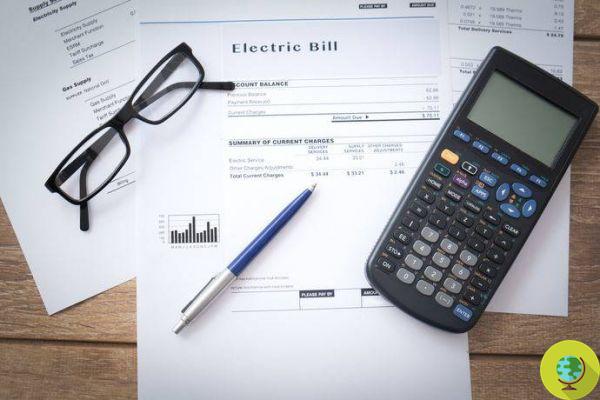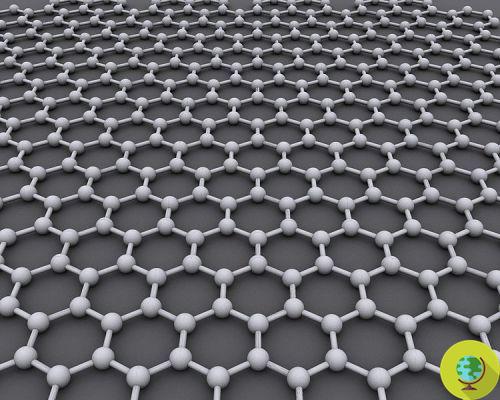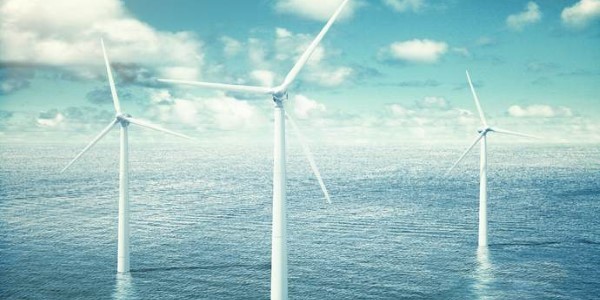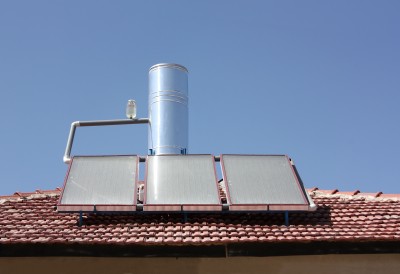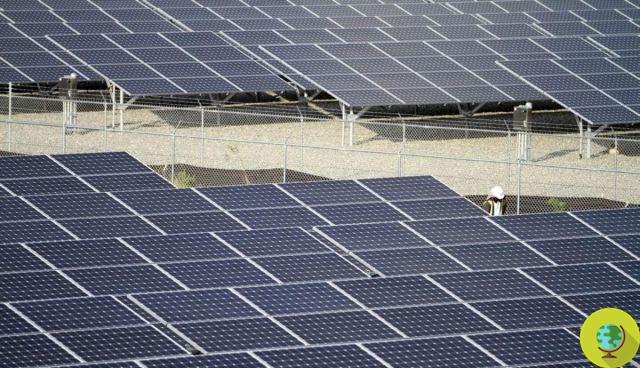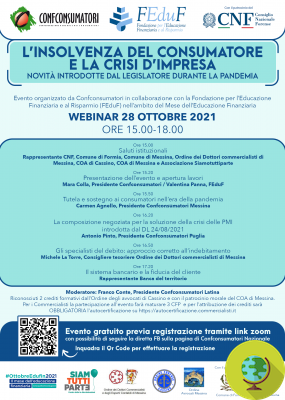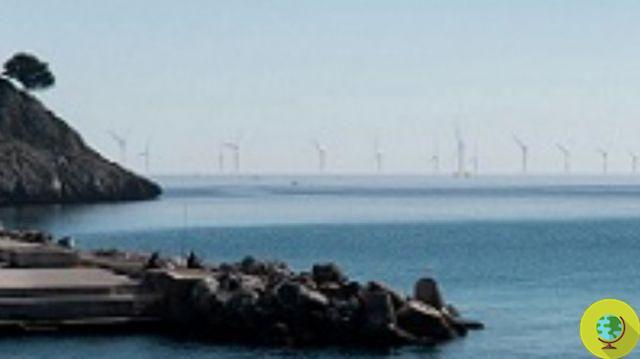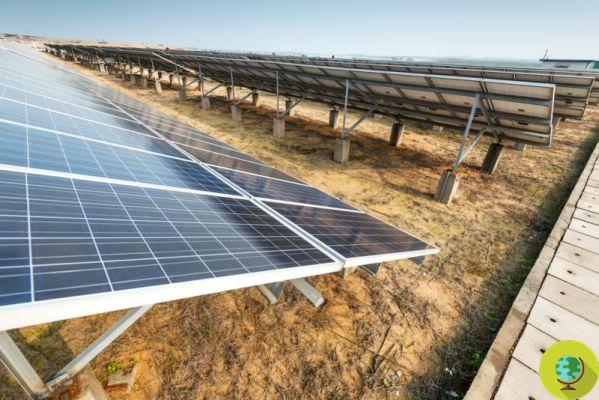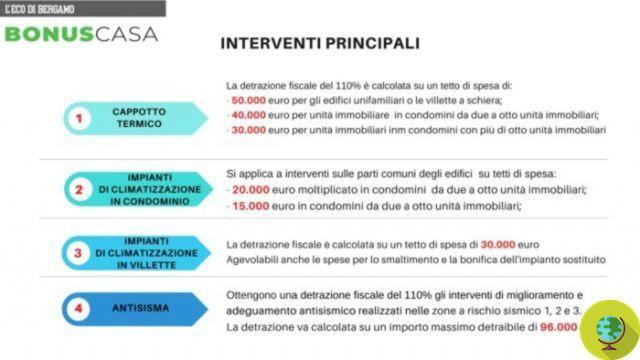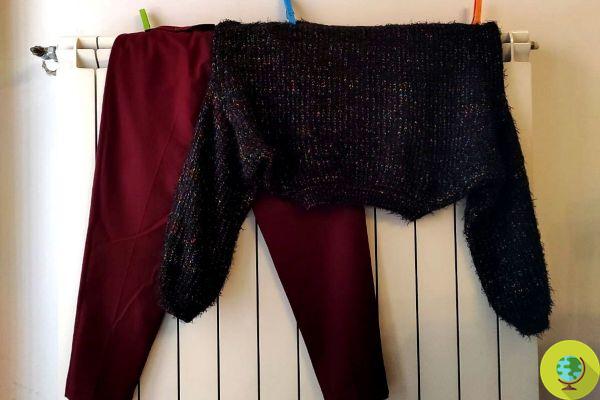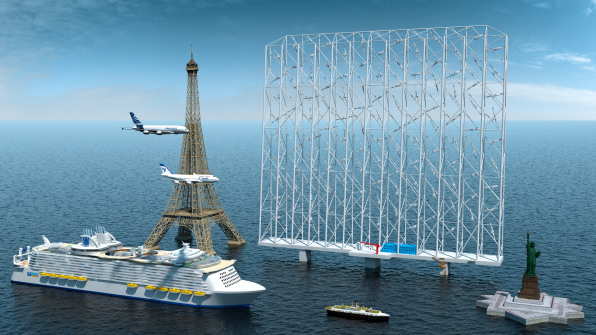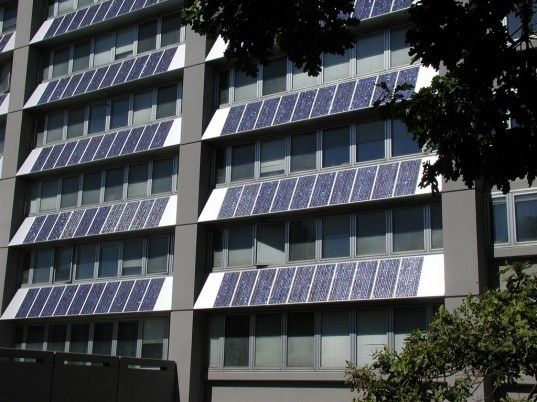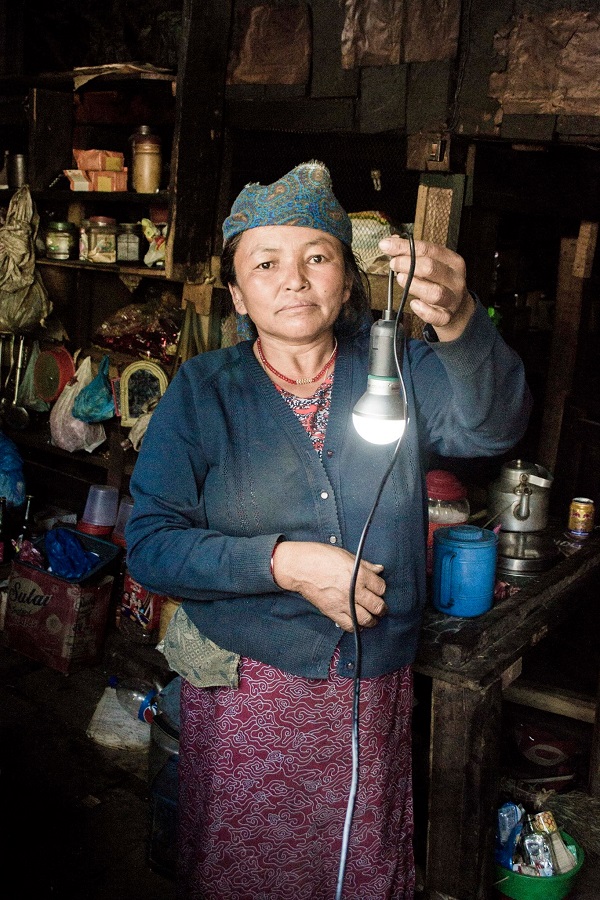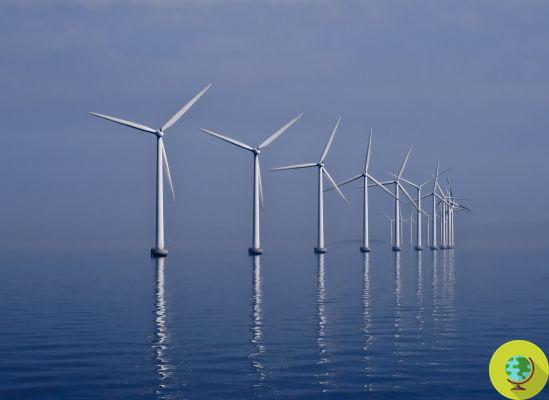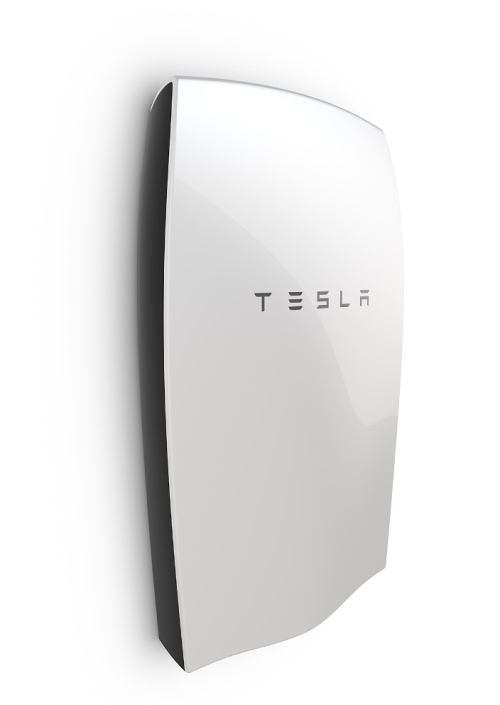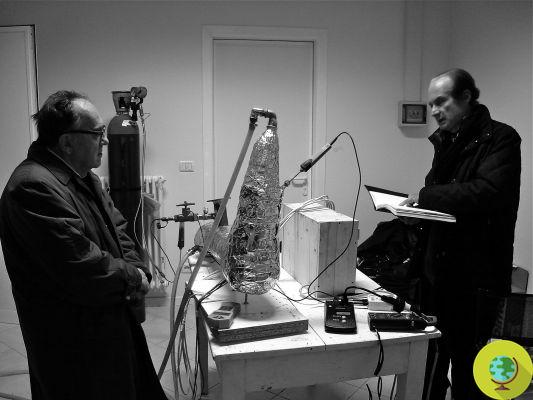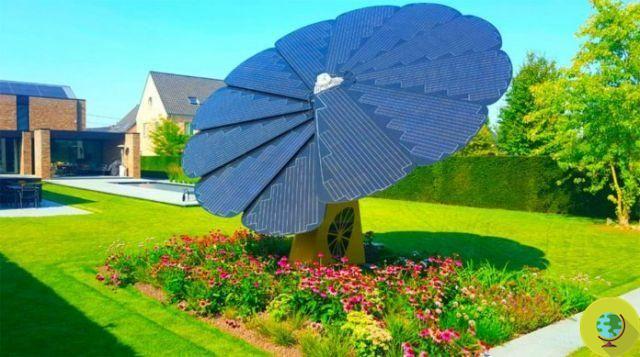
Imitate the heliotropism of sunflowers to capture as much energy as possible. Here's the idea that solar panels could change
He is about to end up run over, his mother saves himI panels solar of the future will be inspired by sunflowers. The idea of mimicking the movement of these particular flowers came to Hongrui Jiang, an engineering professor atUniversity of Wisconsin-Madison.
A field of young sunflowers slowly rotates from east to west during a normal sunny day, each leaf looking for as much sunlight as possible, according to a mechanism of adaptation called eliotropism. Why not take advantage of the idea provided by the Natura to produce energy thanks to the sun?
Jang, in research done last month, found a way to mimic the passive heliotropism seen in sunflowers for the solar systems of the future. Unlike other "active" solar systems, which track the position of the sun with GPS and reposition panels with motors, electricity and computers, Jiang's concept exploits the properties of certain materials to create a passive method based on the re-orientation of solar panels in the direction of the most direct sunlight.
His design employs a combination of liquid-crystalline elastomers (LCE) which have a very particular characteristic: they are defined intelligent materials shape memory, because they resemble a shape under specific conditions. They also have two states, characterized by different shape (and / or volume) which are stable in different conditions of temperature, pressure or mechanical stress. However, if properly stimulated, these states can pass from one to the other.
The panels created by Jang contain carbon nanotubes (capable of absorbing a wide range of wavelengths of light), on which such change phase in the presence of heat. “Carbon nanotubes have a very wide range of absorption, from visible light to infrared. This is something we can take advantage of, as it is possible to use sunlight and direct it directly, ”explains Jiang.
La direct sunlight in fact it hits a mirror placed under the solar panel, focused on one of the LCE elastomers bonded to carbon nanotubes. They heat up and absorb light, and the thermal differential between the environment and the interior of the actuator causes a reduction in LCE. This causes the entire device to bend in the direction of sunlight.
In Jiang's tests, the system had improved the efficiency of solar panels by 10 percent, a huge increase, also linked to the fact that a passive system does not have motors and circuits to collect energy.
The study was published in Advanced Functional Materials.
Read also:
- The child who invented the photovoltaic tree inspired by nature
- Biomimetics: 5 of the many examples in which we learn from Mother Nature




